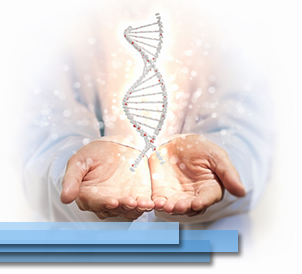
Stem cell therapy, research and technology are no longer relegated to sci-fi novels or movies. Research and development of stem cells also goes way beyond the use of embryonic stem cell based therapy, potential of cloning human beings and the moral and ethical controversies surrounding such developments. Today, stem cell research offers potential treatments for the future that may cure many disease processes, enable people with spinal cord injuries to walk again, and perhaps even see an end to cognitive impairment diseases such as Alzheimer’s and Parkinson’s Disease.
Overview of Stem Cell Therapy Research
To date, scientific research into stem cells has identified multiple types of stem cells and sources. The most commonly studied, and used, stem cell based therapy developments today involve the use of:
- Embryonic stem cell therapy
- Adult stem cell therapy and research
- Umbilical cord stem cell therapy
At their most basic definition, stem cells have the ability to limitlessly divide and are capable of developing into one or several different types of the 220 cells found in the human body.

Embryonic stem cell therapy has long been the center of controversy regarding their moral and ethical use, not only in the United States, but also around the world. These cells are taken from early stage embryos, many from aborted fetuses. Because of such controversy, scientists spent decades studying other ways to develop stem cells that would offer more appeal and less controversy.
Adult stem cell therapy is commonly used today in a wide range of human stem cell therapy and treatments. This type of stem cell is taken from bone marrow. Adult stem cells can be “instructed” to form a certain type of cell – such as nerve cells, cardiac cells, skin cells, muscle cells and so forth. Because these cells are found in the skin, blood and bone marrow, they do not carry the stigma that embryonic stem cells do. Scientists are currently looking for ways to replace damaged cells that lead to a multitude of disease processes, such as diabetes, Parkinson’s, and cancer. As such, stem cell replacement therapy is undergoing extensive research and development.
Umbilical cord stem cell therapy is utilized through the blood of umbilical cords after they and the rest of the afterbirth of placenta has been expelled from the body after a baby is born. As a rich source of stem cells, many parents today are “banking” their children’s umbilical cord cells in case they are needed for curing disease in the future. Stem cell therapy research utilizing umbilical cord blood stem cell therapy is making huge advancements today. Because umbilical and adult stem cells may be collected from any given individual.
Placenta Stem Cell Therapy – A fairly recent development in stem cells therapy research, doctors have been studying the beneficial components of stem cells found within the placenta. A process that utilizes stem cells found in placenta afterbirth is considered ethical, as it does not involve any interaction with a fetus or newborn. The afterbirth, heretofore discarded after birth, is now being studied for its multipotent stem cells in the search for treatments of multiple illnesses and disease processes.
Who benefits from Stem Cells Therapy Treatments?

- Neurological diseases such as:
Multiple Sclerosis
Parkinson’s
Cerebral Palsy
Epilepsy - Blood-borne Cancers such as:
Leukemia
Non-Hodgkin’s Lymphoma
Multiple Myeloma - Organ Cancers such as:
Breast Cancer
Prostate Cancer
Lung Cancer
Malignant Melanoma - Heart Disease processes such as:
Myocardial Infarction
Atherosclerosis
Congestive Heart Failure - Musculoskeletal Conditions and Injuries such as:
Spinal cord injury
Bone damage caused by injuries and disease
Joint injuries and diseases - Hormonal, Immune and Circulatory Issues
Auto-Immune diseases such as Rheumatoid arthritis, lupus and Muscular Dystrophy
Chronic infections such as Tuberculosis and Hepatitis C - Cosmetic and Reconstruction Treatments
Breast reconstruction treatments
Facial implants
Rejuvenation therapies
